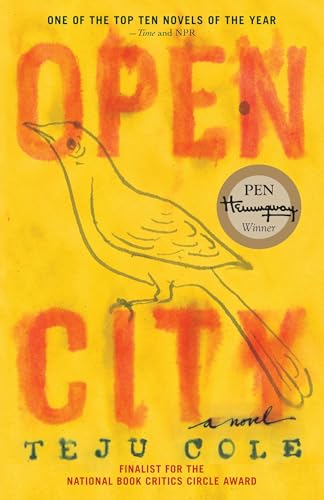Like we did last year, we thought it might be fun to compare the U.S. and U.K. book cover designs of this year’s Morning News Tournament of Books contenders. Book cover design never seems to garner much discussion in the literary world, but, as readers, we are undoubtedly swayed by the little billboard that is the cover of every book we read. Even in the age of the Kindle, we are clicking through the images as we impulsively download this book or that one. I’ve always found it especially interesting that the U.K. and U.S. covers often differ from one another, suggesting that certain layouts and imagery will better appeal to readers on one side of the Atlantic rather than the other. These differences are especially striking when we look at the covers side by side. The American covers are on the left, and clicking through takes you to a page where you can get a larger image. Your equally inexpert analysis is encouraged in the comments.
 |
 |
| The American cover is especially striking, with the bird and skeleton looking like something out of an old illustrated encyclopedia. And the wide black band suggests something important is hidden within. The British version feels generic, with the beach-front watercolor looking like a perhaps slightly more menacing version of the art you’d have hanging in your room at a seaside motel. |
| |
| |
 |
 |
| Maybe these big black bands are a trend in American book cover design, but I think it wins the day here as well, imparting plenty of mystery on the half-hidden, murky photograph that it partially obscures. The British cover is somewhat striking as well, and I do like the watery, bleeding text effect. And whoever thought that floating dandelion seeds could impart foreboding? Maybe this one’s a tie, actually. |
| |
| |
 |
 |
| It’s always interesting when the two covers are riffs on the same motif. I like both, but I think I think the yellow on black of the British version grabs me more. |
| |
| |
 |
 |
| Both are good, but I love the creepy addition of the flies on the British version. |
| |
| |
 |
 |
| The U.K. cover tries admirably to evoke the campus setting of the novel, but I love how the U.S. cover offers a stylized suggestion of the lettering used on old baseball uniforms. |
| |
| |
 |
 |
| I don’t love either of these, and the painted out face and the hedge maze both seem a bit heavy-handed in the visual metaphor department. |
| |
 |
 |
| There’s something too advertisement-slick about the U.S. version, while the British version has a dark playfulness that I like. |
| |
 |
 |
| The American version isn’t doing much for me, but I love pretty much everything about the British version, up to and including the way the white splotch behind the title is seeming to reference the sun or moon. |
| |
 |
 |
| The American version is surprisingly bland, while the U.K. cover is a great riff on classic ocean liner posters. |
| |
 |
 |
| The British cover goes with another generic, tropical landscape, while the American cover has some great, mysterious detail going on in that border. |
| |
 |
 |
| I don’t love either of these. The American version is visually convoluted, while the British one feels underdone. |
C. Max Magee
created The Millions and is its publisher. He and his family live in New Jersey.























